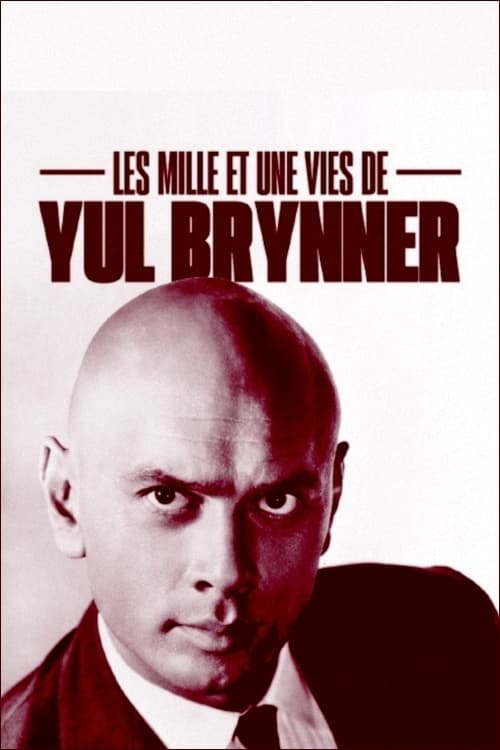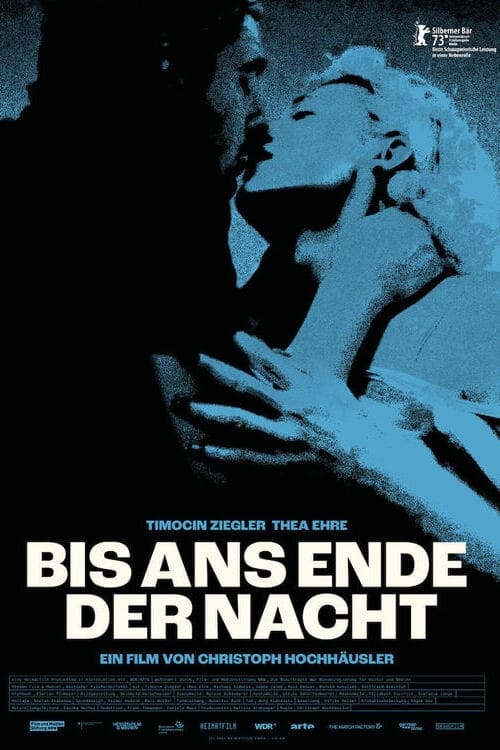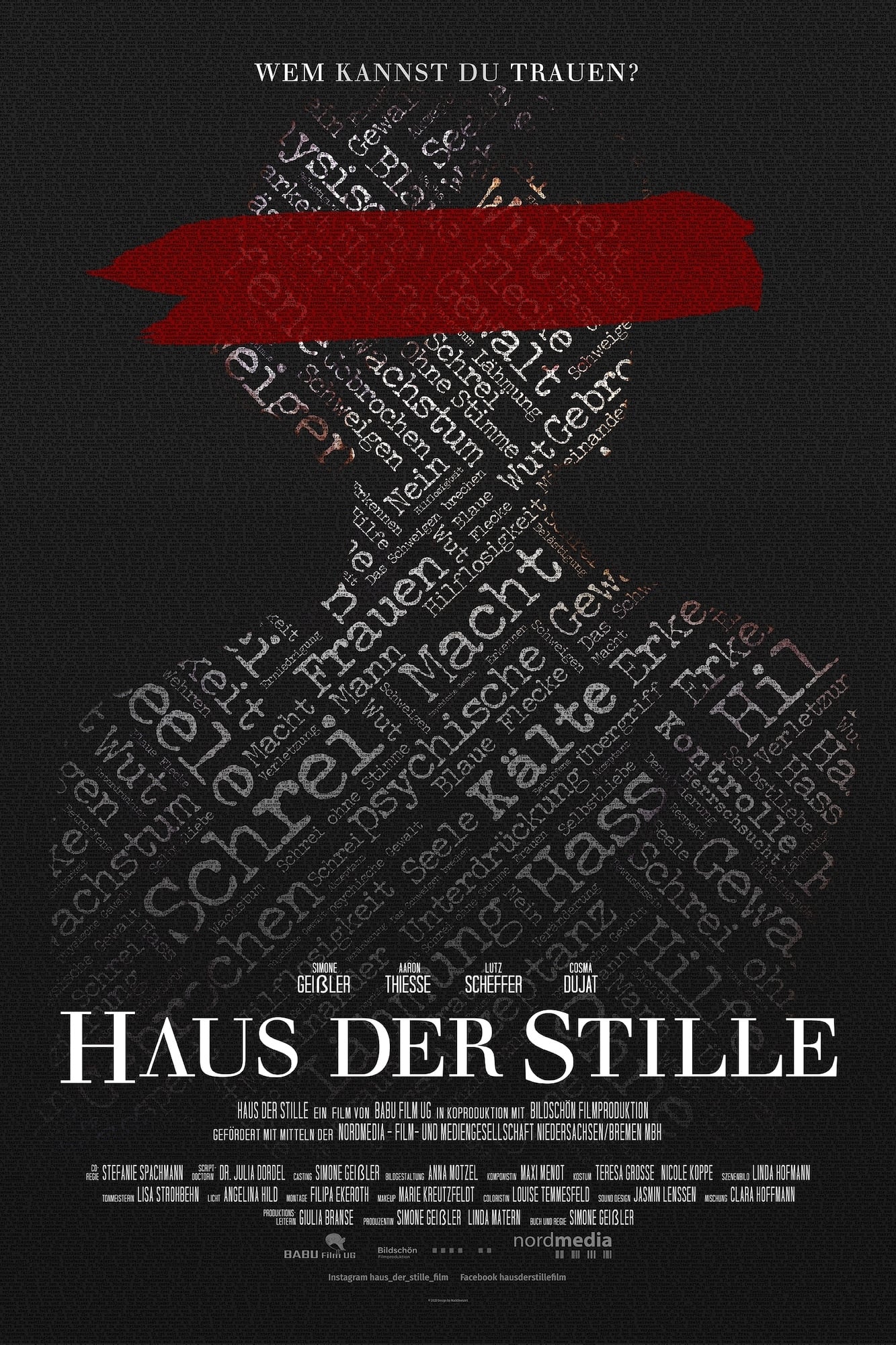![Luca Panicciari - Questi Diversi Mondi (2023) [FLAC 24bit/96kHz] Download](https://imghd.xyz/images/2023/09/09/dijwey3r2g8la_600.jpg)
Luca Panicciari – Questi Diversi Mondi (2023)
FLAC (tracks) 24 bit/96 kHz | Time – 53:47 minutes | 968 MB | Genre: Classical
Studio Masters, Official Digital Download | Front Cover | © Da Vinci Classics
It is commonly said that the cello is the music instrument closest to the human voice. Its unique sound and timbre have a mellow tone which reminds us of our own singing. Besides that, the cello covers almost all of the player’s body when it is used for playing. There is a symbiosis between the cello and its player which makes it easy to think of the cello as of another human being.The cello can therefore be seen as the cellist’s fellow traveler, their faithful companion. Something, or somebody, with whom one can explore unceasingly new paths and itineraries. The original repertoire for the cello is already rich with countless masterpieces, ranging from Bach to Shostakovich, from Haydn to the contemporaries. But the unique fascination of the cello’s voice also constantly encourages and provokes performers and composers to accept new challenges: for instance, those of rewriting the music of the past.
In this Da Vinci Classics CD, cellist, composer and improviser Luca Panicciari demonstrates the cello’s versatility, and his own creativity, by entering a fruitful dialogue with an extremely broad musical tradition, which encompasses the early history of music (indeed, from its first written testimonies) up to present day, and to himself in particular. There are original pieces by Panicciari and one improvisation, bearing witness to what the cello still has to say to contemporaneity, in spite of its seemingly anachronistic shape and materials. There are arrangements and reinterpretations of old, at times extremely old works, revealing the fecundity of an exchange between today and the past.
As Panicciari himself puts it, this programme is something akin to an anthology of works which lay outside the boundaries of the traditional cello repertoire, touching diverse worlds and genres which are found beyond the borders of the mainstream. This project was created in the course of the last few years, and corresponds to Panicciari’s overall attitude: trained as a professional cello player in the classical tradition, his curiosity has always led him to novel explorations of new musical shores.
With time, he collected and gathered a substantial output of arrangements created by himself; a selection from that repertoire is what we find here, representing Panicciari’s adventure with his faithful instrument, the cello.
The main element connecting the various and multifaceted pieces found in this CD is akin to an abstraction, but it is also something which can be experienced rather clearly by all those who listen with free ears and mind to this programme. This common trait, shared by all pieces recorded here, is the feature of atemporality. Even though, of course, each of the pieces has a specific context of its own, a history, a cultural and spiritual framework, still each also transcends time, goes beyond it and acquires the mark of timelessness. This impression is reinforced by the very experience of playing them, which demonstrates to the performer and to the listener the presence of this mysterious quality.
Some of the pieces have deep roots into the musical past. For instance, Pandoura is a piece based upon, and arranged after the famous Seikilos Epitaph, a Greek fragment which is among the earliest notated examples of music. The Greeks did not employ staves or notes for preserving music; as far as we know, they employed the letters of the alphabet, which are juxtaposed to the lyrics to be sung. This fragment is exceedingly famous among musicians not only for its antiquity and rarity, but also for its beauty. Even though we know too little about Ancient Greece’s musical practices for being able to surmise a plausible interpretation, still there is general consensus as to the main traits of this poignant tune. Other pieces, such as She Moved Through the Fair, have later origins, but they still date back to the Middle Ages. The mystery surrounding their birth increases the feeling of timelessness and atemporality which, like a halo, embraces these pieces. This impression is further heightened when one considers the subject matter of She Moved Through the Fair, an ancient Irish folksong depicting the parting of two lovers at a fair; what could have remained a provisional separation, however, becomes a definitive adieu as the ghost of the beloved visits her lover by night, thus suggesting that she passed away.
Somewhat less ancestral are other pieces dating from the late Renaissance and early Baroque era: these include a few works by John Dowland, the unsurpassed master of English lute music, and the Calata ala Spagnola by Joan Ambrosio Dalza. Curiously, all of these Renaissance pieces belong to the lute repertoire. This is a fascinating trait: on the one hand, the lute and the cello have several shared traits, for example in their large pitch range, and (partially) in their potential for developing both melody and a harmonic/contrapuntal background. But, on the other hand, the differences are also striking: from the timbre (whereby plucked and bowed strings have very distinct features) to the playing technique and to what it allows the player to do. Clearly enough, though, the lute’s sound and repertoire attract Panicciari more than other instruments.
Here and elsewhere, a further theme which this CD develops and demonstrates regards the cello’s versatility and its capability to imitate, in its own original fashion, several kinds of instruments and their traditional playing techniques and styles. For instance, in this CD the cello is put into dialogue with Middle Eastern instruments such as the rebab and other similar instruments whose playing style is not dramatically different from it. Actually, most instruments evoked in this CD are plucked strings: besides the lute cited above, we may also recall the cithara or lyre which must have accompanied the Seikilos Epitah. As a matter of fact, Panicciari here imagines the pandoura as the proper instrument sustaining the voice in this short poem. The pandoura is an early instrument employed in Ancient Greece; it can be defined and seen as the bouzouki’s forefather. But there is room also for contemporary musical instruments – again with plucked strings: Coffe Blues, from Mississippi John Hurt, evokes the guitar, the instrument favoured by its original composer who, like other bluesmen, enjoyed playing the guitar as an accompaniment to his singing.
On other occasions, Panicciari attempts to imitate the sound of the duduk, a traditional instrument from the Middle Eastern countries of Armenia and Georgia. In Ene Sarere Panicciari proceeded by recording two melodic lines separately and then superimposing them. This highly creative process transcends the limits of a mere arrangement and becomes a true elaboration.
Ene Sarere can be seen as paralleling another Middle Eastern work, the Makam from the Turkish, or rather Ottoman, tradition of the seventeenth century. Normally, a Makam is preceded by a Prelude by the name of Taksim: although this is not scrupulously observed here, there is in fact an introductory improvisation, which leads to the actual piece.
In some of these pieces, Panicciari employed the artifice of scordatura, by which the cello’s four strings cease to sound as C-G-D-A as they normally do, but are artificially put “out of tune” in order to achieve particular effects. In Makam and Dal profondo, the two lowest strings were retuned in order to make an octave, E-E’, in between. Another octave, this time G-G’, was employed in Pandoura. These strings were then employed as resonance strings, both by allowing them to resonate sympathetically, and by actively soliciting them through the bow.
Along with these arrangements and elaborations, this CD also comprises some original “composed” works by Panicciari himself. The opening piece, which also lends its title to the entire album, is called Aireo and is made of three sections. It is dedicated to, and inspired by, Giordano Bruno, the philosopher who was burnt at stake for his heretical stances. And, as Panicciari reminds us, the root of the word heretic comes from the ancient Greek word Aireo, which means “choosing”. In fact, a heretic does choose to walk on a path different from that of traditional faith. Its first movement, Dialogo, has this title in consideration of its continuing wavering between the middle-high and the low register of the cello, thus establishing a dialogue of kind between two musical principles. Anima (Soul) refers to Bruno’s controversial theories on the Soul, affirming, however, the immortality of this intangible principle. While Panicciari admits that his interpretation of Bruno’s thought can be open to debate, it still certainly maintains its validity, particularly in its musical rendering. The third movement, Questi diversi mondi, alludes to a treatise authored by Bruno. In it, the great thinker had developed a theory which somewhat anticipates the theory of the infinite worlds: these astronomic perspectives have found a mathematical articulation in recent times, through quantum physics. This composition was written, according to its composer, in a discontinuous fashion; however, what could be seen as a handicap in the process of composition, actually became a powerful link with the piece’s object: “diversi mondi”, different worlds, meet with different times of elaboration and composition.
Dal Profondo is the latest piece composed by Panicciari, who drew its title and inspiration from Invictus, a poem by William Ernest Henley: “Out of the night that covers me, /Black as the pit from pole to pole, / I thank whatever gods may be / For my unconquerable soul”. The first lines, speaking of that all-covering and all-encompassing night, are translated as “dal profondo” in Italian, and have suggested the composition of this piece to its composer. Suffering, and indeed deep suffering, also characterizes the eighteenth-century Lament written by Niel Gow, originally a violin piece composed to commemorate the death of the composer’s second wife.
Not to be forgotten, this CD also includes an Improvisation, which can be combined with the last piece recorded here, but also played and enjoyed by itself.
The itinerary we are led to explore in the company of the cello, therefore, is a terribly pleasing one, and one which will not fail to conquer today’s listener. From Ancient Greece to a piece written in 2023, we observe the cello’s palette and cannot but envy those who can play it at these levels. We are led to rediscover a familiar instrument, through an unfamiliar, but magnificent, repertoire.
Tracklist:
01. Luca Panicciari – Aireo for Solo Cello: I. Dialogo (03:28)
02. Luca Panicciari – Aireo for Solo Cello: II. In Anima (03:53)
03. Luca Panicciari – Aireo for Solo Cello: III. Questi Diversi Mondi (04:19)
04. Luca Panicciari – She Moved Through the Fair (03:19)
05. Luca Panicciari – Makam (03:19)
06. Luca Panicciari – Coffee Blues (03:08)
07. Luca Panicciari – The Battle Galliard (02:57)
08. Luca Panicciari – Niel Gow’s Lament (03:29)
09. Luca Panicciari – Pandoura from Seikilos Epitaph (05:12)
10. Luca Panicciari – In Darkness Let Me Dwell (04:31)
11. Luca Panicciari – Dal Profondo (07:00)
12. Luca Panicciari – Ene Sarere (02:31)
13. Luca Panicciari – Improvvisazione (04:07)
14. Luca Panicciari – Intabulatura de Lauto: No. 28, Calata ala Spagnola (Arranged by Luca Panicciari) (02:26)
Download from FileJoker:









